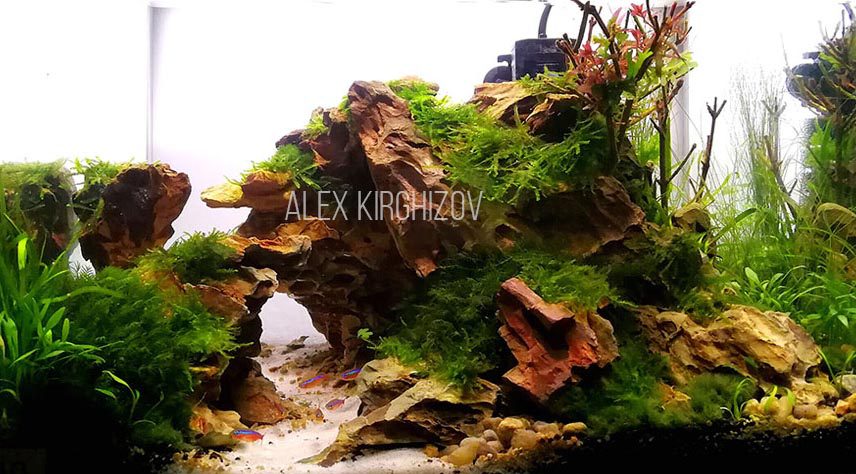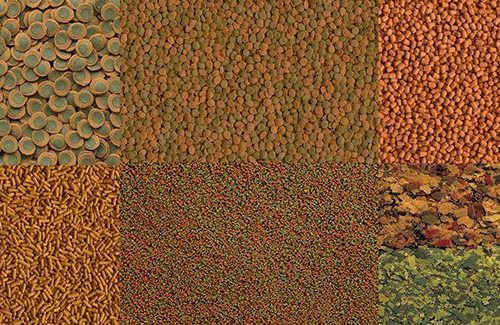
What is aquascaping?
Aquascaping has become increasingly popular with aquarists around the world in recent years. What is it, we decided to find out from a specialist. What is aquascaping?Translated from English, aquascaping is the creation of a water landscape, landscape, that is, the decoration of an aquarium, a kind of analogue of landscape design. The following areas are distinguished in aquascaping: 1. Dutch Aquarium. This direction gained wide popularity in the 60s of the last century. The key role belongs to densely planted plants, which together form a real garden under water. Plants are zoned: divided by height. Distinctive features of the Dutch style: the contrast of red and green plants, as well as the path (“Leiden street”), which emphasizes the perspective of the aquarium. There may be no fish at all or few. The dimensions of the aquarium are important: the length should be 2-3 times (or even more) than the height. And the height is equal to the width or a little more. To comply with the principles of the golden section in the proportions of the aquarium.

Pictured: aquascaping2. Natural aquarium. This style is (like bonsai) a reduced copy of a certain part of the land: a grove, a valley, rocks, etc. The composition is created with the participation of driftwood and stones (i.e. natural materials), as well as plants. The role of fish is secondary, they only complement the composition, without drawing the main attention to themselves. The concept of this direction belongs to the Japanese designer and photographer Takashi Amano. He has written numerous books that have made nature aquarium popular in 1994.

Pictured: aquascapingA natural aquarium can be created in the following styles:
- Iwagumi (ishigumi), the main element in which are stones.
- Ryoboku, where snags play a key role.
- Zen garden, which is created in accordance with Zen Buddhist philosophy. The main goal is to create an atmosphere of calm and tranquility.
- Wabi-kusa. This style requires both underwater and surface parts to simulate a bump or a floating island. These parts are not necessarily related to each other, but stylistically should continue one another.
3. Landscape aqua compositions. Creation of full-fledged landscape paintings under water with the presence of paths, paths, waterfalls, caves and gorges, etc.

Aquascaping equipment is the same as in conventional aquariums, but there are increased requirements for the presence of carbon dioxide in the water and lighting to ensure plant photosynthesis. In addition, in order for the plants to grow well, they need to be fertilized, cut and transplanted. You will need:
- Lighting: fluorescent lamps, decorative lamps, LED lamps, etc.
- Filtration: internal and external filters with different materials (activated carbon, synthetic winterizer, special microorganisms, etc.).
- Carbon dioxide supply: effervescent tablets, systems based on chemical reactions and fermentation, compressed gas cylinders.
- Water temperature control: coolers and heaters.
- Tools for working with live plants (tweezers, scissors, spatula, etc.)
- Nutrient soils and fertilizers.
 Additional decorative elements may include a background (a film pasted on the rear and sometimes on the side windows), stones, driftwood, decorative soil, plants, etc.
Additional decorative elements may include a background (a film pasted on the rear and sometimes on the side windows), stones, driftwood, decorative soil, plants, etc.
For more information about aquascaping see http://www.aquaproscape.com/





